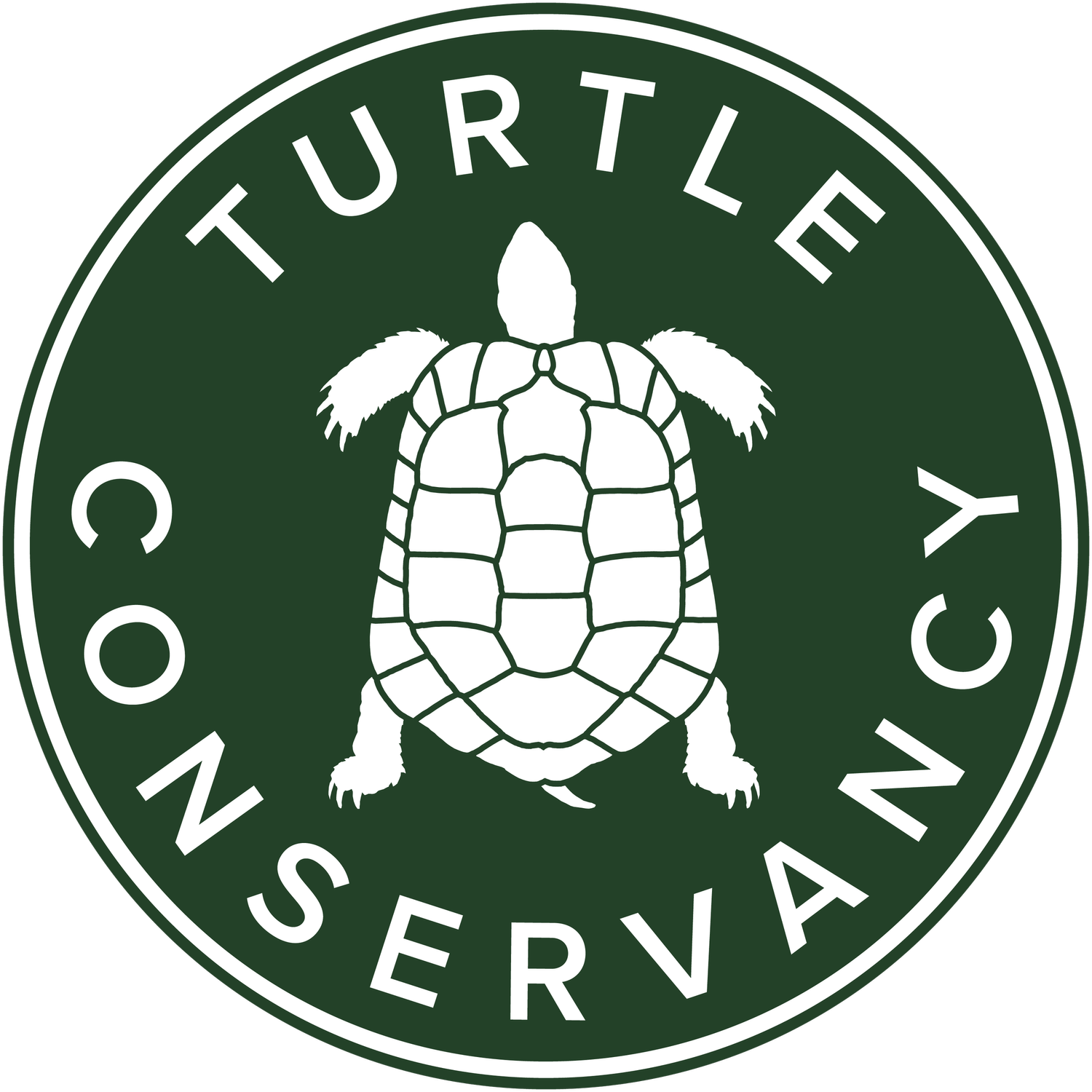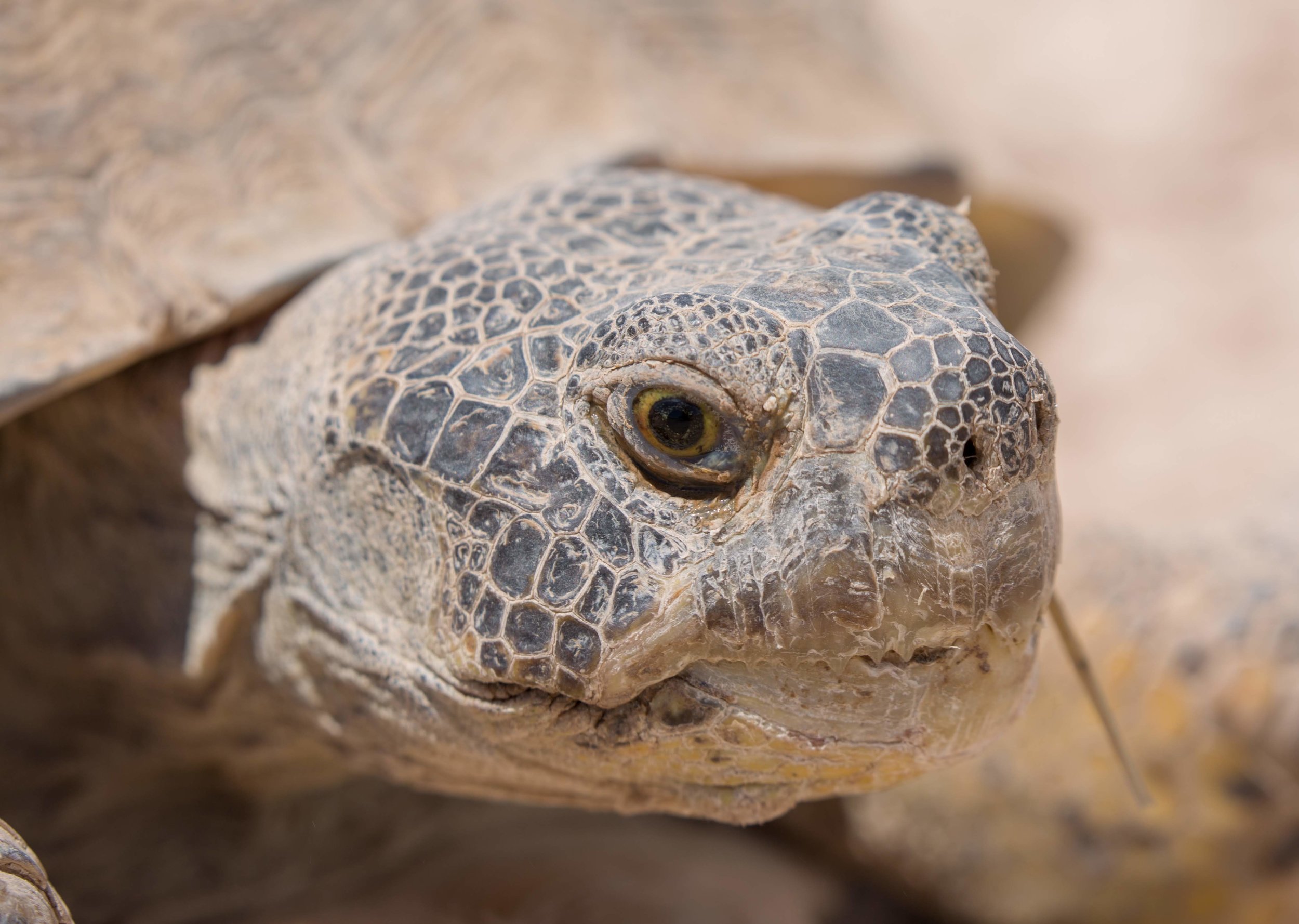In mid-June, a team of researchers from TC and HABIO, TC’s Mexican sister organization, spent nearly a week in Mexico’s Bolson de Mapimí to survey the Critically Endangered Bolson Tortoise. In 2016, HABIO and TC purchased the 43,000-acre San Ignacio Ranch at the heart of Mexico’s Bolson de Mapimí desert plateau; at the time the ranch was understood to be inhabited by a good population of tortoises, but no systematic population survey has ever been carried out.
By adapting survey protocols developed for the Mojave Desert Tortoise, the team systematically walked one square kilometer of tortoise habitat in transects, with six to eight surveyors walking side by side 10 meters (33 feet) apart, for a total of 100 km transects walked. Every surveyor carefully looks for burrows and other tortoise signs in the five meters on either side, and any tortoise signs are recorded and mapped. The method is effective: where previously only 8 burrows were known, this method documented a total of 28 active and abandoned burrows.
However, surveying the remaining 172 square kilometers of the ranch by the same method requires significantly increased survey resources, and so the team tested a second survey approach by using a fixed-wing drone. This drone flies a pre-programmed series of transects and takes partly-overlapping high-resolution photographs, creating a highly detailed photographic map of the area that with analysis can be used to hopefully identify tortoise burrows as well as determine vegetation patterns. TC scientists are at present working to develop the technology to ‘train’ software to scan the images and recognize tortoise burrows by feeding the locations of burrows found by the walking survey team into the drone data. If the drone data can successfully identify most tortoise burrows in the sample plot, then we could use the drone technology to survey the remainder of the area and come up with a total tortoise population estimate soon.
Other activities by the research team involved using a ‘burrow scope’, a camera with lights at the end of a long hose, to look and film deep into tortoise burrows to verify whether tortoises actually inhabit a burrow, or whether it’s abandoned. Most scoped burrows indeed provided clear views of a resident tortoise, often ten feet down a tunnel or further. Unfortunately the spiral nature of Bolson Tortoise burrows makes it difficult to get the scope down much further than that, and a few deep burrows remained unconfirmed for tortoise presence.
In the course of the tortoise survey work, observations were made of rattlesnakes, gopher snakes, spiders and moths sharing tortoise burrows, and we continued making notes and observations on the overall biodiversity of this magical land.



























